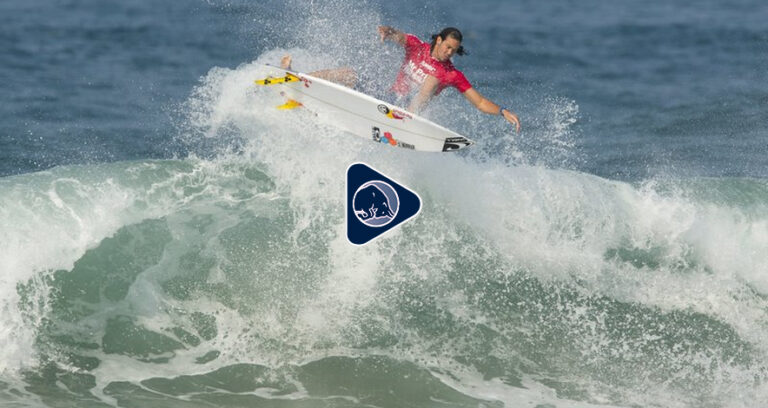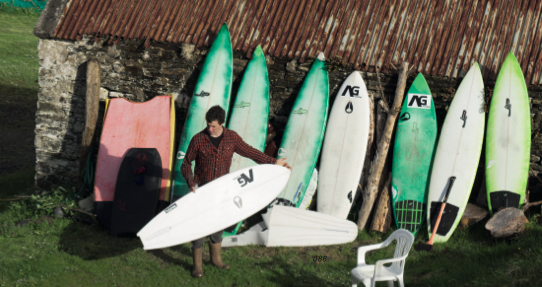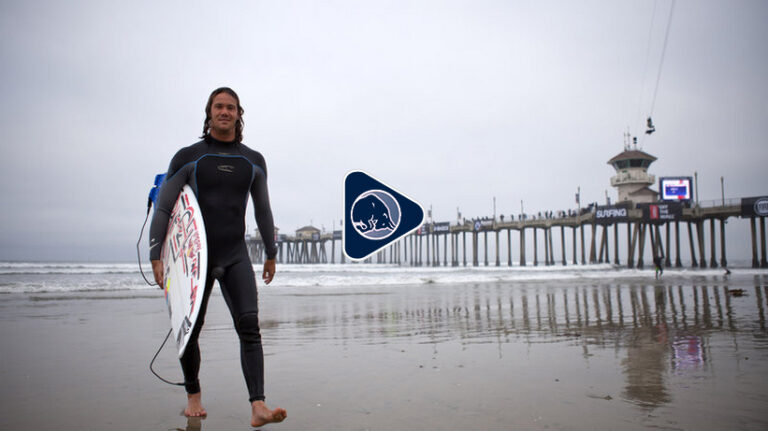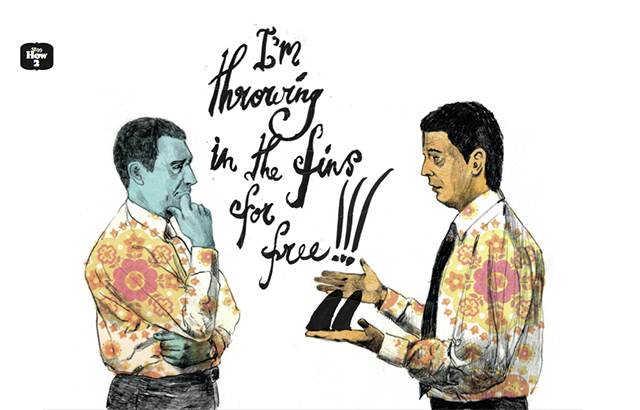So summer has arrived and we are finally shedding those rubbery skins. But like death, taxes and onshores, winter will always return and when it does a new wetsuit is your best friend. But how do you get the right one for you? In the newest episode of Surf Basics, Billabong wetsuit guru Francois Leits talks us through thickness, fit, stitching, entry systems, and most importantly, the age old question off should you wee in your wetty. Check the vid, and read his notes below to make sure you get the perfect wetsuit for you.
Thickness: The overall warmth of the wetsuit is determined by how thick the wetsuit is. The colder the water, than the thicker the wetsuit will be need to be. For freezing cold water in Iceland and Ireland for example, a 6 millimetre wetsuit is needed. For summer in Europe, you can get away with a two millimeter wetsuit. Think about how cold the water will be when you are most using the steamer.
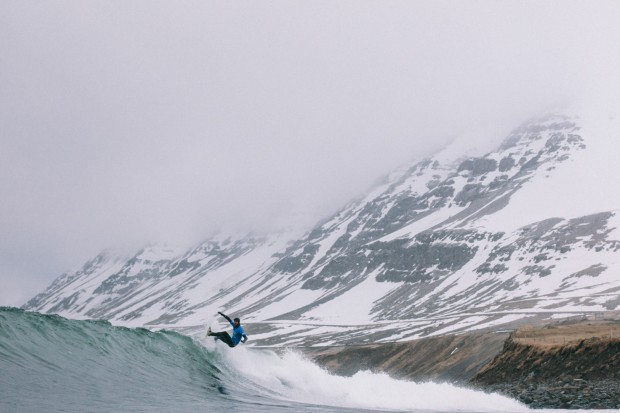
Fit: The wetsuit should rest right on edge of the wrist and the ankles. It should be a tight fit, just enough to pull it up so it snaps back.
The same goes for the neck. Nice and tight, but comfortable. For the back, the wetsuit should hug the lower back with no ballooning or sagging of the material.
Entry System: There are two main entry systems. The original system is the back zip. It is very easy to use, but restricts some movement between the shoulders. Over the last few years, wetsuits have used the chest zip as the main entry system. This has made the wetsuits much more flexible, and while a bit more fiddly, the flexibility is worth it.

Construction Quality
There are four type of common stitching used in wetsuits.
Flatlock: The needle goes though the neoprene, and therefore is not waterproof. It is used on the cheaper wetsuits and for summer suits.
Glued and Blindstitched (GBS): The stitching is glued on the inside making it more waterproof and therefore warmer.
Liquid Taping. GBS is used, however it is overlaid with liquid taping, which makes wetsuit completely waterproof and much more durable.
Welded: No stitching is used, the panels of the wetsuit are glued together, resulting in maximum waterproofing, durability and flexibility. The most expensive wetsuits use this construction.
Colour
85 per cent of wetsuits are still mainly black, but colorful options are available. It just means a lot more people will notice you (hence why pros wear them) so go for it if you have the skills to pay the bills.
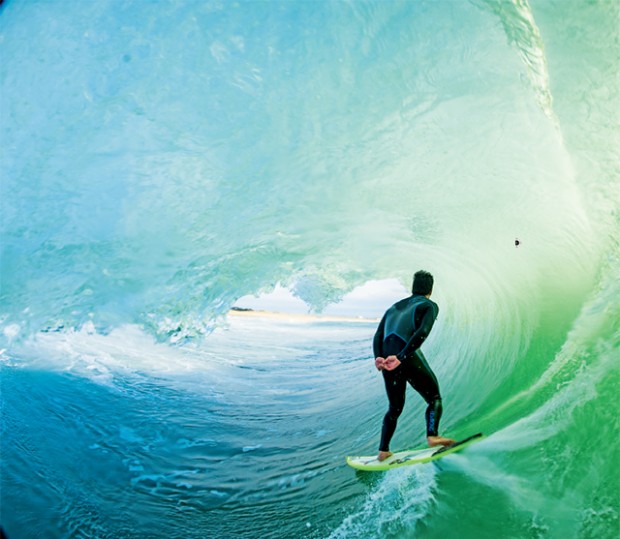
To Pee or Not To Pee?
Its a personal choice, but you will go a long way to find a surfer that doesn’t do. Either way, make sure rinse your wetsuit after every surf and don’t leave it in the sun to dry. If you do that, it will last much much longer.


